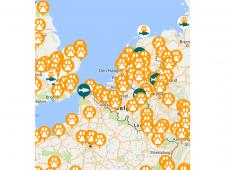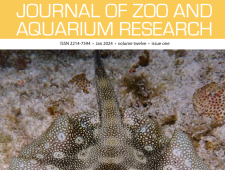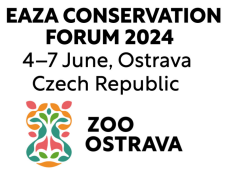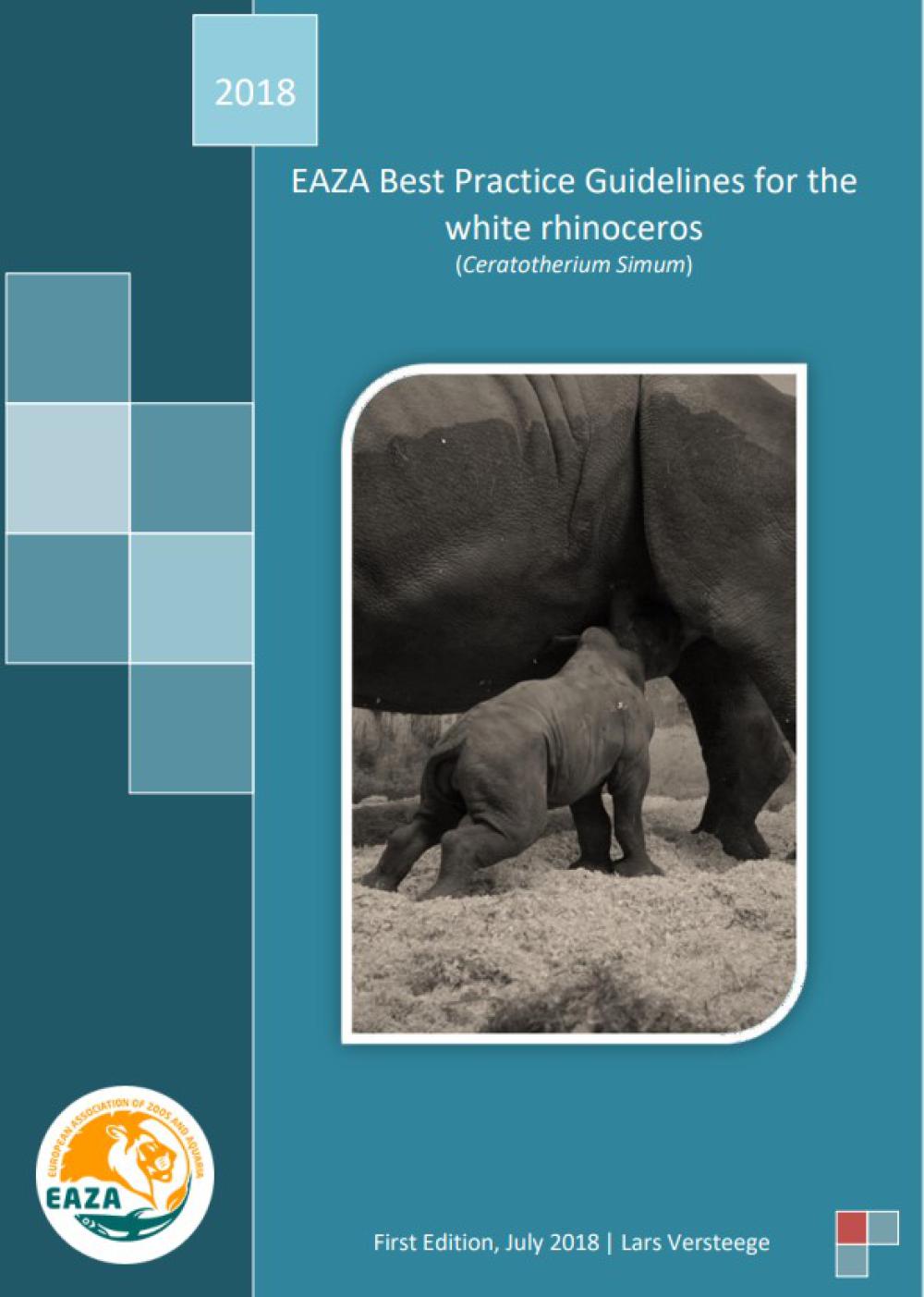White rhinoceros
(Ceratotherium simum)
Coordinator: Lars Versteege
Institution: Safaripark Beekse Bergen
Programme roles
| • Insurance Currently the EEP population is not recommended as an insurance population as there are an individuals in range countries with private holders. However, due to an increase in poaching and the consequential increase in costs of protecting the rhinos, there is a risk that private owners lose incentive and interest. The EAZA population can therefore still function as an insurance population in the future, especially when global management is developed further. To determine the actual value of the EAZA population, genetic research is needed to establish relatedness in situ and ex situ. • Conservation education in range countries it remains essential to deliver education on the value of nature as well as consumer behaviour. EAZA Members are encouraged by the TAG and EEP to assist and send educators to specific education/awareness raising projects through the established partner Save the Rhino. |
|
| • Fundraising The TAG and EEP will help raise funds for projects from established partners (International Rhino Foundation and Save the Rhino or IUCN SGs identified activities) focusing on in situ research, security and capacity building. • Forensics Individuals from the EAZA Population should be in the RhODIS (Rhino DNA Index System) database. Profiling rhinoceros horns contributes to determining poaching sources and networks, finetuning identification methods used as well as add to the safety of EAZA population. • Conservation education Within the EAZA region visitors are offered information about the effects of poaching and wildlife trafficking. The EAZA white rhinoceros’ population also functions as an example of how a species can come back from the brink of extinction and how zoos and visitors support this in different ways. • Expertise The EEP can support requests for support in the form of knowledge or expertise on small population management. These requests should be made through the channels of the IUCN SGs when it concerns private holders • Research (reproduction) The EEP can support specific requests for research on assisted. reproduction or hormone assessment to benefit the conservation of other rhinoceros’ species (e.g. Sumatran rhinoceros). |
|
Programme highlights
- Save The Rhino has a fact sheet about the white rhino.








